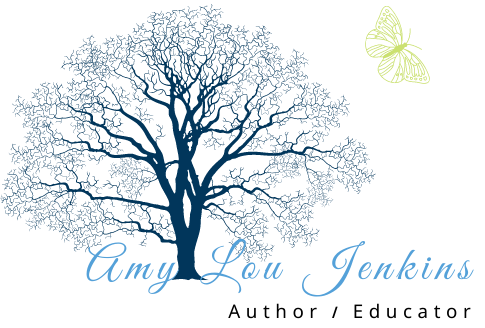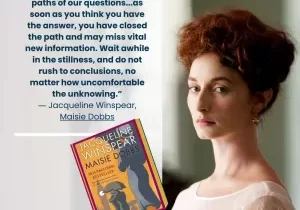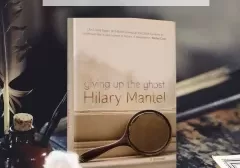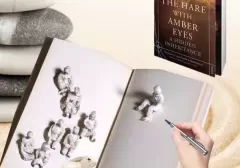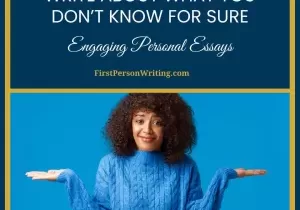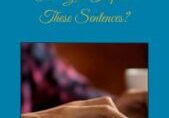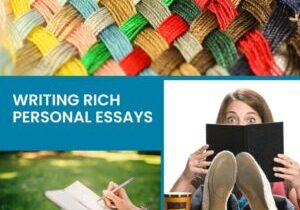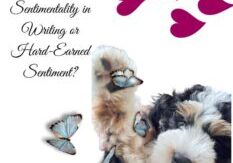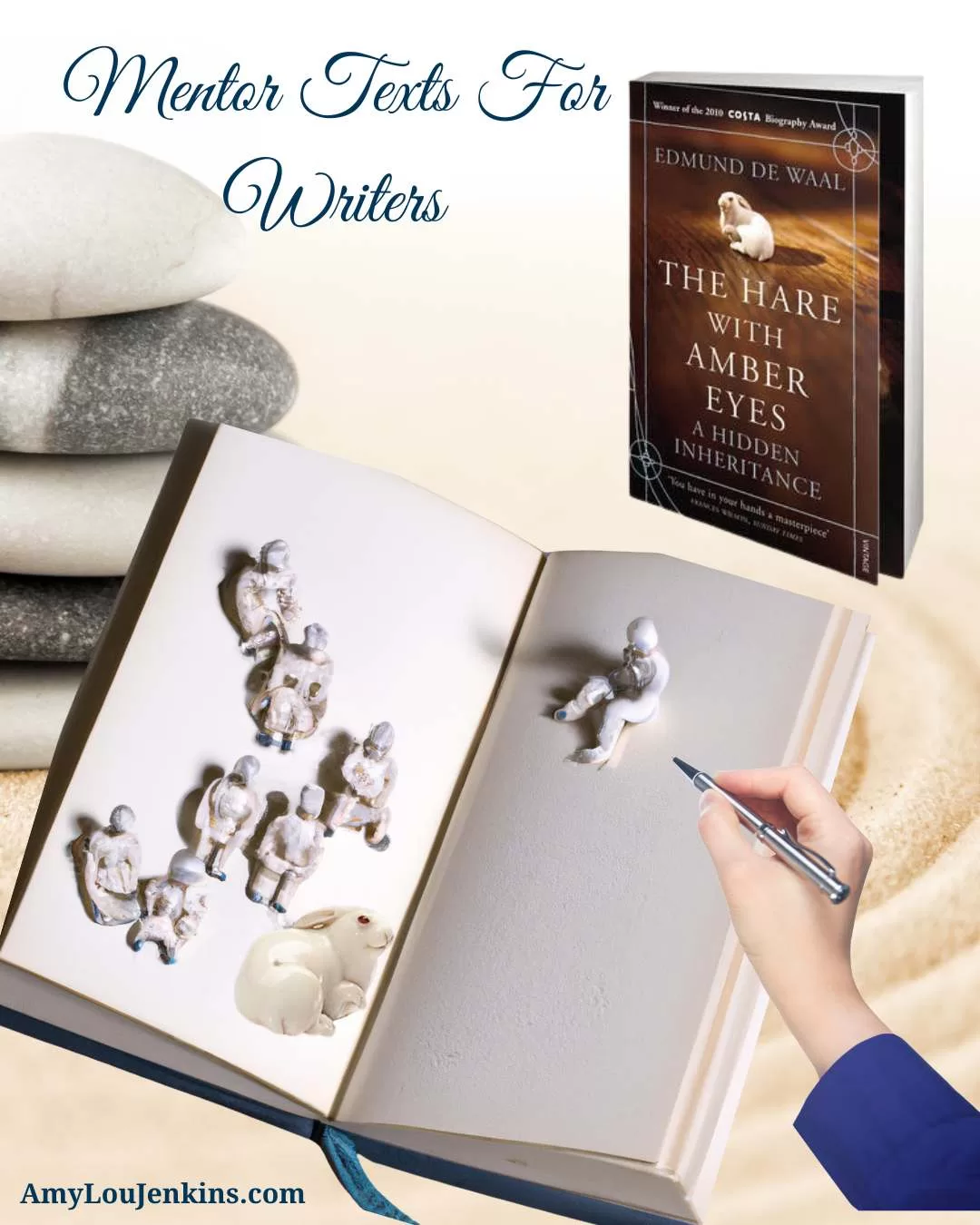
Memoir Master Text for Writers: "The Hare with Amber Eyes"
"The Hare with Amber Eyes: A Hidden Inheritance" by Edmund de Waal weaves story, which can be abstract, with concrete physical objects. He traces the journey of a collection of Japanese netsuke, small carved sculptures, through generations of the author's family. The narrative unfolds as de Waal delves into the history of the Ephrussi family This wealthy and influential European dynasty rises and falls against the backdrop of significant historical events. His truth is complex. De Waal uncovers stories of love, loss, displacement, and survival through the lens of these miniature artworks. The memoir weaves family, heritage, and the enduring impact of personal and cultural history. Many elements of masterful writing are on display for memoirists and all writers and readers.
Unlocking Symbolism: The Power of Objects and Narrative Depth
In Edmund de Waal's memoir "The Hare with Amber Eyes," the author masterfully employs ordinary objects—specifically, a collection of Japanese netsuke—to unveil a hidden family history. This Memoir Master Text teaches writers the art of imbuing everyday items with meaning, transforming them into powerful symbols that anchor and elevate the narrative.
Many other writers have masterfully employed this technique, turning ordinary items into conduits of metaphorical significance. Gabriel Garcia Marquez's "One Hundred Years of Solitude," uses the golden fish to represent the Buendía family's elusive pursuit of prosperity, encapsulating the cyclical nature of fortune and misfortune. In Arundhati Roy's "The God of Small Things," the small, forbidden objects in the "History House" become emblems of the characters' suppressed desires and societal constraints, encapsulating the overarching themes of the novel. Markus Zusak's "The Book Thief," uses stolen books to symbolize the power of words in the face of tyranny. Use objects to spark meaning in your writing. Find writing exercises using objects here.
This article continues after this these links to additional related articles.
Interweaving Threads: Personal Narratives in Historical Tapestry
One of the remarkable features of "The Hare with Amber Eyes" is the seamless integration of personal stories into the broader tapestry of historical events. This memoir master text demonstrates how to weave individual narratives into larger historical and cultural contexts, creating a richer, more engaging reading experience.
Have and Have Nots as a Subtheme
One of the questions that arises from The Hare with Amber Eyes as to whether it is more heartrending to suffer the loss of everything despite possessing so much, or to lack anything worth sacrificing. This contemplation delves into the complex realms of worthiness and deprivation, which occur throughout history and within families. Selecting and unpacking subthemes with this inherent conflict (have and have not) helps writers develop an alluring story.
Does the high status enjoyed by the Ephrussi family prevent us from feeling sympathy towards them? Following the Anschluss in 1938, Vienna witnesses a horde of men, no longer constrained by any boundaries, unleashing their deep-rooted and vengeful anti-Semitism upon the Palais Ephrussi. Sound familiar? When we understand history, we see patterns of the interplay between hate and poverty. Historically, the rich have always been able to successfully blame those they name as an underclass as the source of suffering (also a theme in Steinbeck’s, Grapes of Wrath). Historically, people have always been able to turn their eyes away from their enormous cache of resources and find greed and power-seeking. Instead, people find scapegoats to bear the anger of those who suffer. Historical memoir personalizes history for impact. This might be a literary theme that's been used over and over, but its lessons haven't been learned. That is why each of us, as writers, owes it to our memoir to find personal truth within historical context.
Family Dynamics Unveiled: Navigating Relationships Through Time
De Waal's memoir explores relationships, conflicts, and the passage of time. This master text teaches a way to navigate and portray intricate family relationships. Writers can learn to add nuance and authenticity to their characters and narratives. Use personal and cultural history. These details create both setting and meaning.
Intricate Research and Detail: Crafting Credible Narratives
"The Hare with Amber Eyes" stands as a testament to Edmund de Waal's meticulous research and attention to detail. This memoir master text reminds writers of the importance of thorough research, offering insights into how richness of detail can enhance the credibility and immersive quality of their work.
Evoking Atmosphere: Creating a Sense of Place in Writing
Through vivid descriptions of settings and locations, de Waal captures the essence of different periods and locales. He teaches writers how to create a strong sense of place, effectively evoking an atmosphere to enhance the overall mood and reader experience. Like objects, place can serve as both a concrete grounding and a source of metaphor and symbolism. Place can also provide sensory detail so that the reader feels their physical place within the story.
Identity Exploration: Personal Journeys in Cultural Context
"The Hare with Amber Eyes" delves into themes of identity, belonging, and cultural heritage. Writers can draw inspiration from de Waal's exploration of personal identity within the context of family history, using this text to navigate themes of cultural diversity and self-discovery in their own works.
Descriptive Examples and Voice
Find the details that bring life. Notice how others do this. For example, in “The Great Gatsby,” F. Scott Fitzgerald uses detailed descriptions to create a vivid picture of the setting and characters. He describes the protagonist’s mansion as “a colossal affair by any standard…with a tower on one side, spanking new under a thin beard of raw ivy, and a marble swimming pool, and more than forty acres of lawn and garden.”
De Wahl inhabits his story. After he describes his ancestral family home he explains: "This is the world in which my netsuke (collection of little statues) first settled. On this street down the hill, I feel this play between discretion and opulence, a sort of breathing-in and breathing-out of invisibility and visibility. " This analysis at the end of a descriptive paragraph imbues the place with feeling. How do we describe the inner feelings we hold when we step into remnants of our physical past? How do we make the reader feel what we do? It's hard. De Wahl nails his experience.
Counterintuitively, the specificity of cultural context not only illustrates the differences in culture, it also showcases universal similarities.
Notice too, how in the two examples above, the voices of the writer are so different. Boldy use your voice. Find the voice that is distinctly you. Be artful. Have your say.
Narrative Craftsmanship: Playing with Time and Suspense
The non-linear structure of de Waal's memoir, with its seamless movement across time, offers valuable lessons in narrative structure. This memoir master text uses non-linear timelines to build suspense, strategically reveal information, and maintain reader interest.
Edmund de Waal's Literary Landscape: Beyond "The Hare with Amber Eyes"
Apart from "The Hare with Amber Eyes," de Waal is known for "The White Road" and "Letters to Camondo." His unique ability to blend personal narratives with broader historical and cultural contexts continues to captivate readers and writers alike, solidifying his place as a masterful storyteller.
Editorial Acclaim: A Glimpse into Critical Reception
The New York Times Book Review wrote, "De Waal tells a rich, strange, and gripping story... a gripping detective tale," and according to The Telegraph, "This is a book Sebald would have loved." Awards such as the Costa Book Award for Biography and the Ondaatje Prize underscore the literary brilliance of "The Hare with Amber Eyes."
Which books have you found as mentor texts for writers? Tell us about them.
Ready to write your memoir? Get started with our guided workbook to find the story of your memoir.
Ready to Start your Memoir?
Get Started With our Free Guided Workbook
